What are children’s flat feet?
Babies are born with flat feet. This is because their bones, tendons, ligaments are very flexible at birth. Babies also have a thick fat pad underneath their arch, making their feet appear even flatter. A child’s arch starts to appear around the age of 3.
It is very important that a child develops an appropriate arch, as flat feet will cause ankle, knee, and hips to fall inwards. Incorrect posture during growth can lead to pain and permanent foot, ankle, knee and back problems.
Between the age of 3 to 7, a child’s foot will develop into its adult shape. This is, therefore, the best time to start podiatric treatment to correct flat feet.
After the age of 7, a child’s foot continues to get bigger, but it will maintain its overall shape. Therefore, only minor changes in arch height are expected after 7 years old. Despite this, podiatric treatment started after the age of 7 still have beneficial effects on foot, ankle, knee, and hips. Indeed, podiatric treatments protect a child’s posture from being negatively impacted by flat feet.
What causes a child’s flat feet?
Children with flat feet are generally born with flat feet. Although many other reasons can explain why a child has flat feet, the most common cause is genetics. Indeed, children can inherit flat feet from their parents.
Children flat feet might only start to become painful through rapid growth periods. This is usually the time when parents realize that their child’s feet, ankles, knees, and hips are falling inwards. Flat feet can be the reason for ankle, knee, hips and lower back pain.
How to treat a child’s flat feet?
First of all, it is to remember that a child’s feet go through major changes between the age of 3 to 7. This is the time when podiatric treatment has the most beneficial effect.
1. Correcting a child’s flat feet
A child’s flat feet can be permanently corrected when treatment is started early enough. Your podiatrist can prescribe custom-made plantar orthotics to correct your child’s flat feet. Correction of a child’s flat feet will also prevent ankle, knees, and hips to fall inwards. In other words, custom-made plantar orthotics help a child maintain proper posture while growing.
2. Strengthening a child’s flat feet
A child’s flat feet can benefit from an adapted strengthening and stretching program. By stretching and strengthening the appropriate structures, a child’s foot gains more stability to compensate for the negative effects of flat feet.
How to treat a child’s flat feet at home?
During growth, your child might experience ankle, knee, back pain because of flat feet. Here are some things to do at home while waiting for your podiatric consultation:
Wear shoes with support
Have your child wear a pair of shoes that will give you proper arch support. With proper arch support, your child’s feet, ankle, knees, and hip will have more chance to function in alignment.
Take some rest
Bad posture related to flat feet can lead to pain during sports. In order to prevent an injury, it is recommended to reduce the level of physical activity while waiting for your podiatric consultation.

